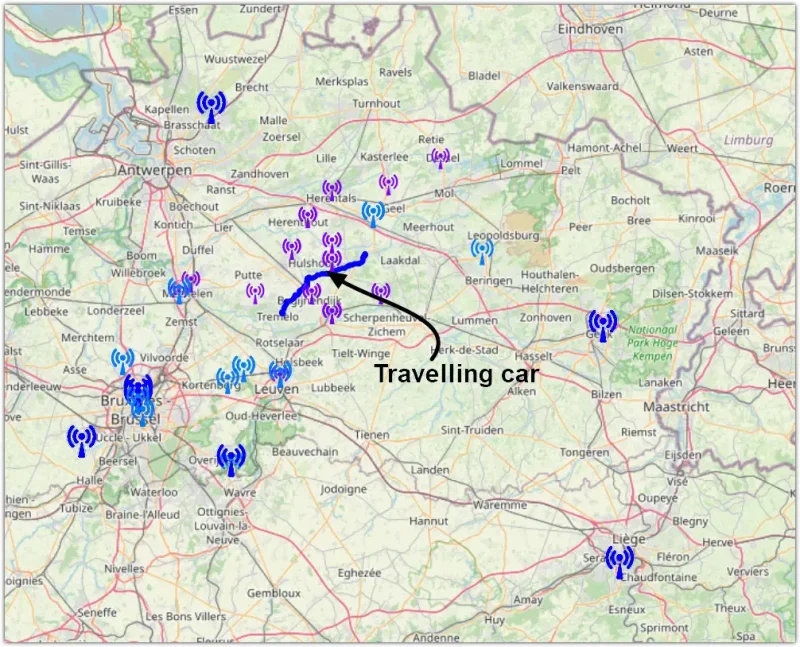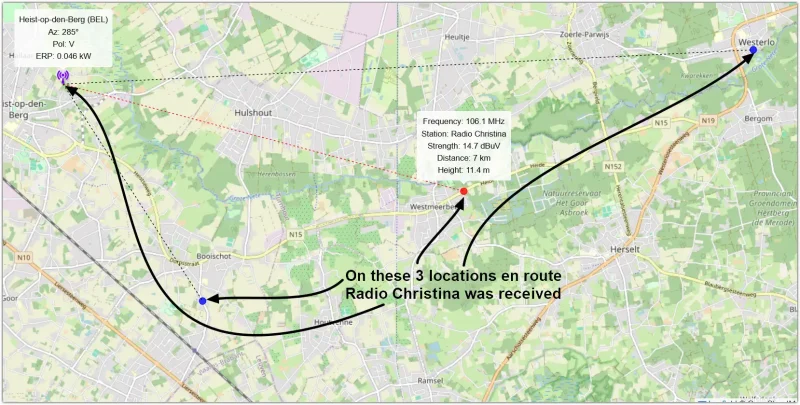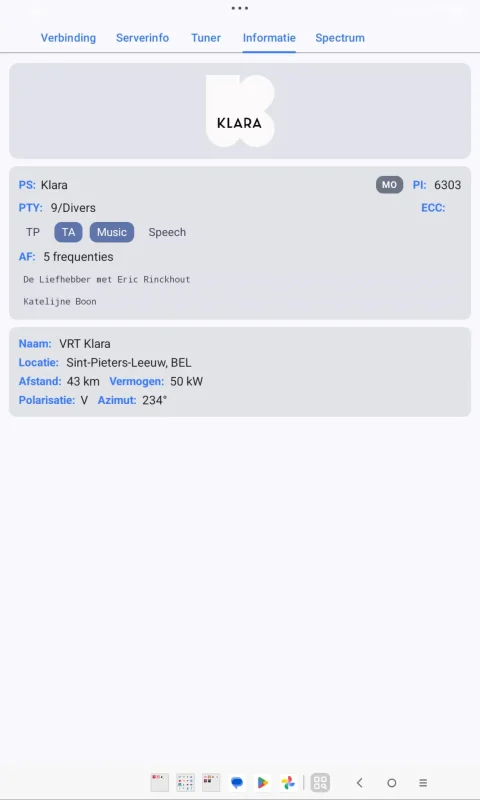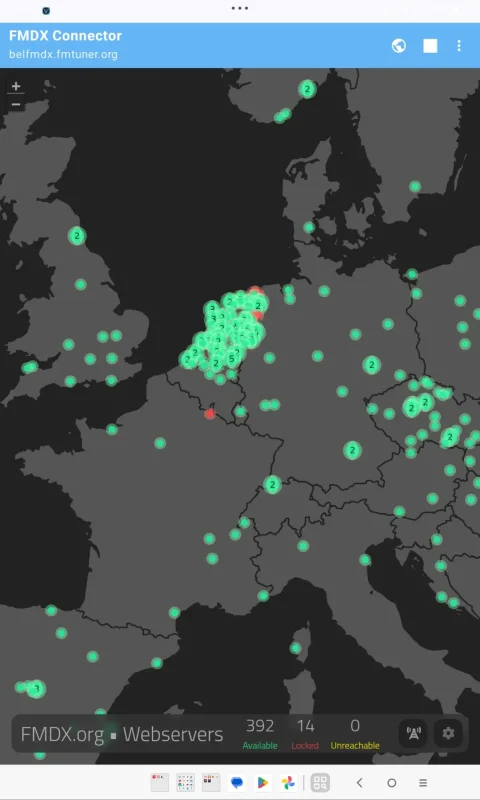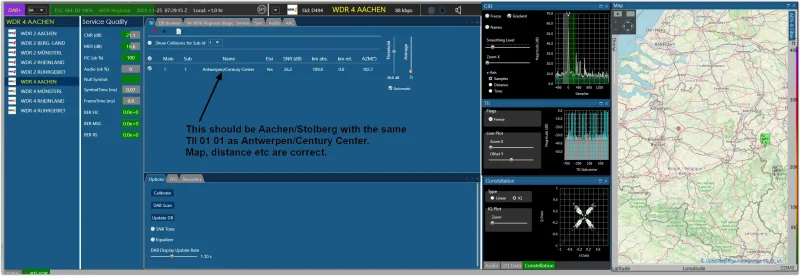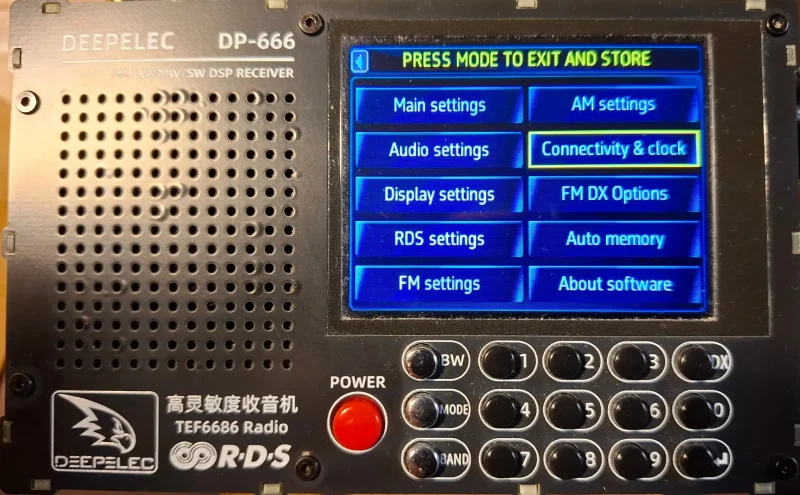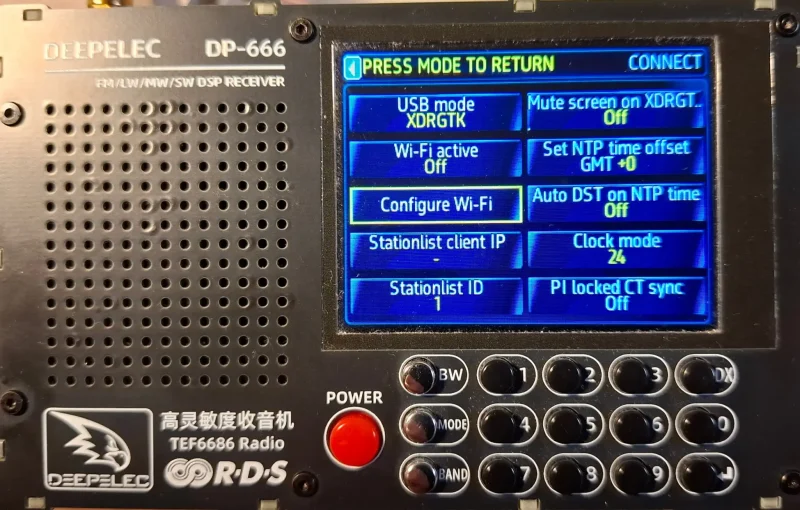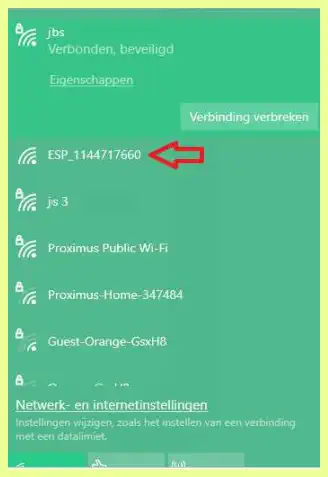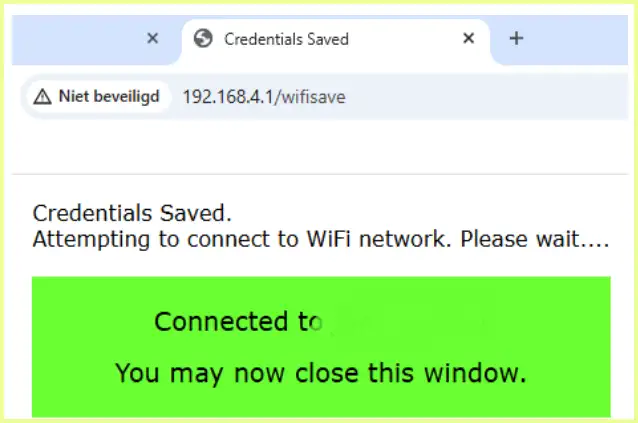
As outlined in a previous post by Guido Schotmans , connecting your TEF6686 to a local network is a straightforward process.
In this TEF Logger App setup, I am using a metal cased TEF6686 and a Deepelec DP-666.
The TEF Logger App does not run with a Headless TEF!
The Deepelec unit offers a superior Wi-Fi range compared to the metal-cased TEF6686, allowing the hotspot to be positioned up to approximately 1.5 meters away from the smartphone.
For enhanced flexibility, consider installing the TEF Logger App on your smartphone and connecting it to a mobile hotspot via the same device. This setup enables you to operate the app from virtually anywhere.
It also facilitates continuous logging while in a moving vehicle, making it a valuable tool for band analysis. Please remember to prioritise safety and stay attentive to the road.
Additionally, the TEF Logger App can be installed on a tablet if you prefer utilising a larger display.
Once the app is configured on your smartphone, transitioning to a tablet is seamless, allowing for an improved user experience: just connect the tablet to the hotspot and start the TEF Logger App on the tablet.
Download the TEF Logger App via this link.
Please note that you may see a security warning during installation and may need to temporarily disable device protection to complete the process.

The TEF Logger App is compatible exclusively with Android devices and requires a smartphone with relatively recent specifications.
Play video 1 featuring intro and settings.
Play video 2 featuring the map and streams.
Play video 3 featuring navigating the dial and logging.
Play video 4 featuring checking out the logs.
Logs (video 4) can also be downloaded to a computer and studied in detail by uploading them to these websites: URDS Map Viewer – URDS to HTML Converter.
There are several other interesting applications available for your phone or tablet.
Consider exploring the FM-DX App and the FMDX Connector.
This blog post offered a concise overview of the TEF Logger App.
For comprehensive guidance, please refer to the detailed manual available from the developer, Highpoint2000 TEF Logger App detailed manual!
